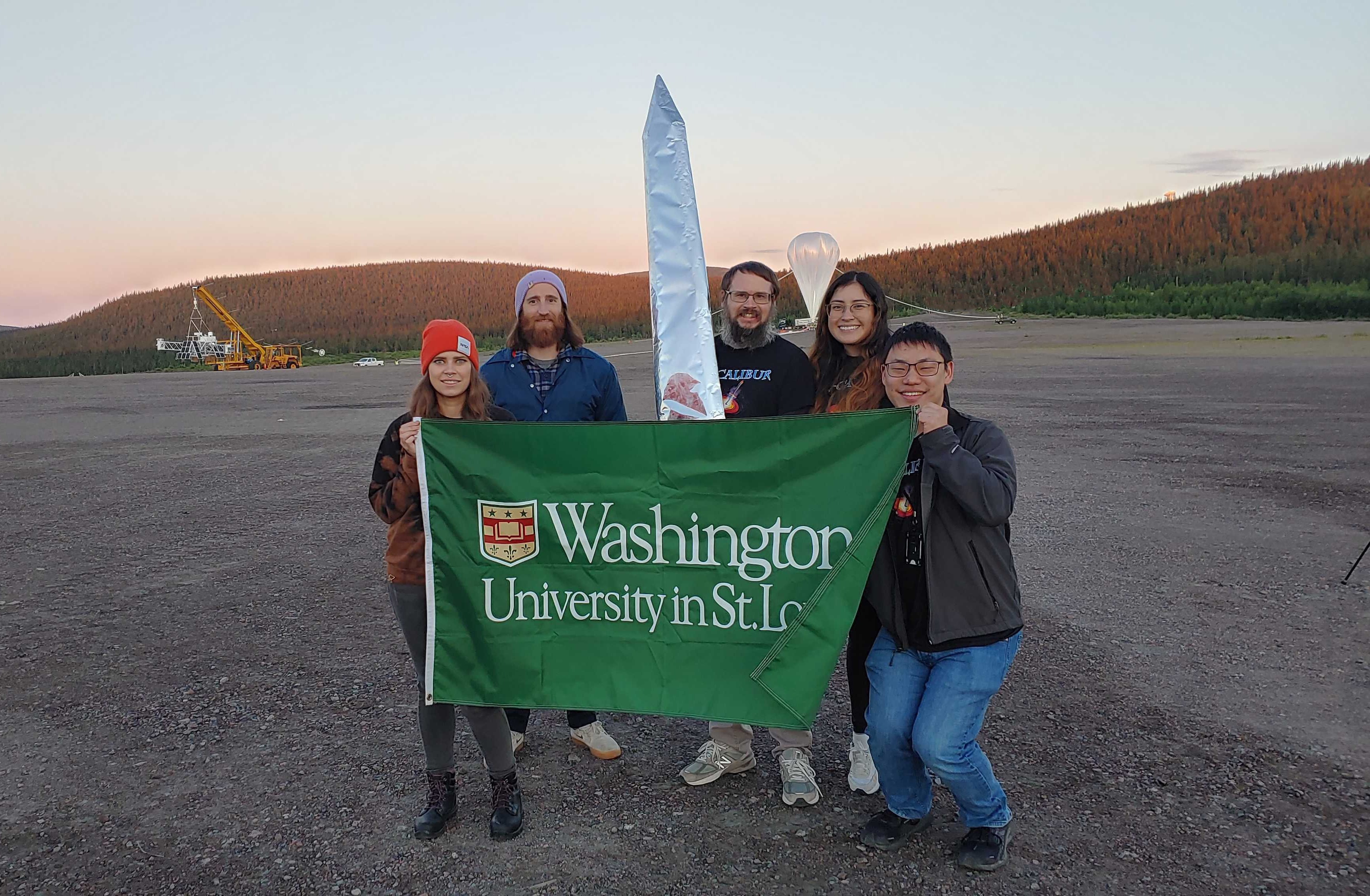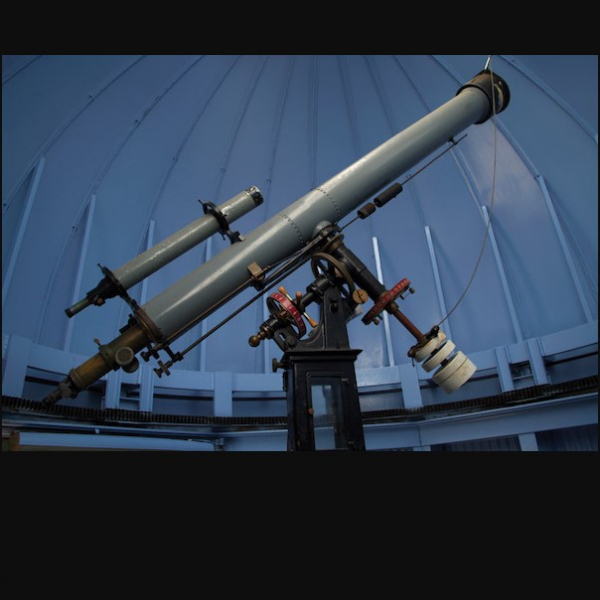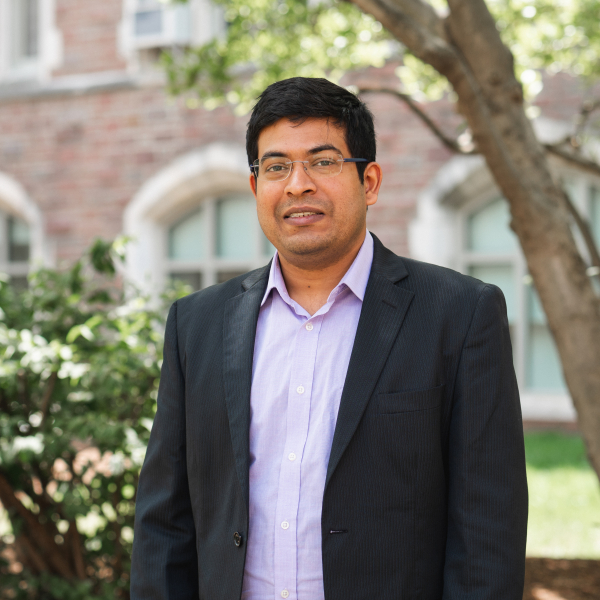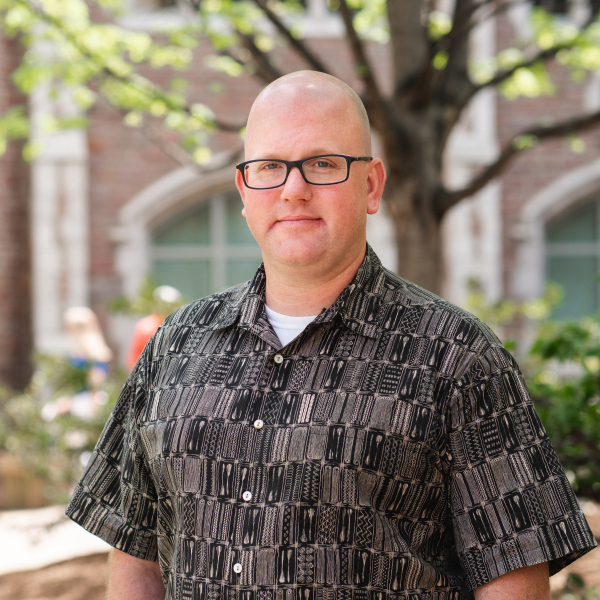Graduate student Lindsey Lisalda details challenges and triumphs from the XL-Calibur mission.

As a vacation destination, Kiruna, Sweden, leaves a lot to be desired. You won’t see the aurora borealis during the summer months. Instead, you may forget there are even stars in the sky because the sun never sets. You’ll also experience hordes of supersized mosquitoes — far more than you’ve ever had the pleasure of meeting in St. Louis! But it wasn’t the prospect of a dream vacation that brought me to the small Swedish outpost. I spent my summer there wrapping up the research project to which I’d devoted my entire graduate career.
For the last five years, alongside over 50 collaborators from the United States, Sweden, and Japan, I have been working to unlock new information about our universe. Last summer, we prepared to fly XL-Calibur, a 12-meter X-ray telescope, from Sweden to Canada on a balloon that would just barely squeeze through the St. Louis Arch. With this instrument, we planned to observe black holes and neutron stars, some of the strangest yet most fascinating objects in space.
On projects as big as XL-Calibur, with so many moving parts, it’s daunting to realize that one little mistake, slip up, or missed deadline could derail everything. And our team experienced far more than one obstacle.
In the aftershocks of the pandemic, scientific ballooning, like every other industry in the world, experienced shipping delays. We were told in April that the sea containers transporting our instrument wouldn’t make it in time for launch. Luckily, NASA agreed to fly the telescope to Sweden on a C-130. It then took four days to assemble XL-Calibur, giving us a little over a week to test and calibrate the telescope before our flight window opened. Unfortunately, our balloon remained stuck at a port in the Netherlands, and our helium accidentally found its way to the UK. It wasn’t until June 21 that all shipments finally arrived.
During the shipping delay, every few days it seemed that some new issue would arise. We had team members return home to wait, several cases of COVID, a blown fuse, and a serial port failure.

Most were resolved with only minor headaches, but it soon took a toll. Out of nearly 30 collaborators who made the trek to Sweden, only four remained in the Arctic Circle the entire 76 days: Andrew T. West, Hiromitsu Takahashi, Brian Rauch, and me.
During my two and half months away, I missed my son’s 18th birthday and my sister moving across the country. The isolation became somewhat taxing before we’d made even one attempt at launching XL-Calibur, but I knew I couldn’t walk away, even for just a brief visit home. I couldn’t stop thinking, “What if I don’t make it back in time and miss the launch that I’ve based my entire graduate career on? What if someone finds something wrong and I’m not there to fix it?”
Our first launch attempt on June 25 lifted everyone’s spirits, but the feeling was short-lived. Balloon flights are always at the mercy of the weather. If the winds aren’t just right or there’s rain in the forecast, you aren’t launching. If the sun isn’t up long enough, you have no way to power your electronics with solar panels. Our launch window, which at first seemed long, quickly dwindled. We showed up another six times before XL- Calibur finally disappeared into the clouds on July 12, scant days before the launch window would slam shut on July 15.
XL-Calibur’s launch was one of the most beautiful days we experienced in Sweden. After so many things had gone wrong, the perfect weather and smooth launch allowed the tension of the last two months to float away along with the balloon, but it was only a temporary relief. Twenty-four hours after launch, we experienced an anomaly that would make observing our black hole targets incredibly difficult for the remainder of the flight. As disheartening as that moment was, we still had a telescope to operate. We gave ourselves a pep talk and spent the next seven days operating, observing, and analyzing as much data as we could.
As a non-traditional student, I’m used to breaking barriers and being a statistical outlier, but the sheer number of things that veered off course in Sweden seems well outside a normal distribution. Even so, the mission was ultimately a success. We learned a lot about the instrument and are more aware of the challenges we may face when XL-Calibur flies again.
The fact is that science can be hard, and messy, and so frustrating. But it’s also incredibly rewarding. For me, managing the mission, seeing the tangible results of our work, and eventually getting XL-Calibur off the launchpad provided both a rich experience to conclude my graduate career and a lifelong lesson in the power of persistence.
Read more about the XL-Calibur mission.



